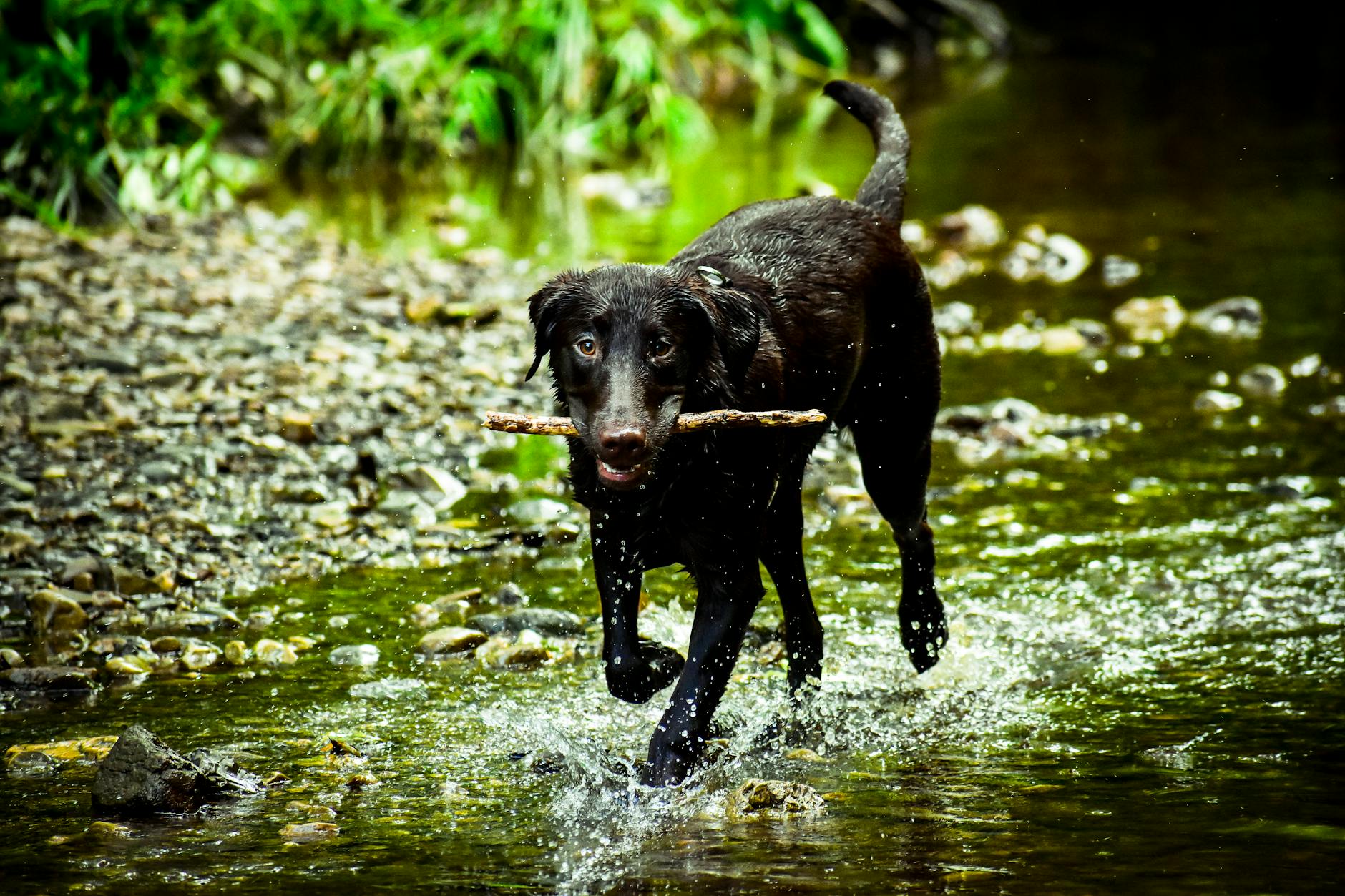Can Pet-Friendly Design Transform Urban Landscapes in Australia?

Exploring Pet-Friendly Urban Design
In the heart of Brisbane, as we stroll through the bustling South Bank Parklands, the idea of incorporating pet-friendly design into our urban landscapes becomes glaringly significant. As someone passionate about practical solutions, I find it essential to address how such designs can harmonize community living and pet ownership.
One of the emerging solutions for pet safety is the integration of an invisible dog fence. This eco-conscious option can offer pet owners a hassle-free way to keep their dogs safe while maintaining the aesthetics of urban green spaces. For individuals like Liam, who is committed to sustainability, finding humane and environmentally friendly devices that prevent their pets from wandering off is crucial.
Moreover, addressing common concerns like excessive barking is another facet of urban pet care. Utilizing an anti barking collar that aligns with humane principles ensures that our furry companions remain comfortable and safe. Such devices can alleviate noise pollution concerns and foster a community environment that respects both pet owners and other residents.
The integration of green spaces, such as dedicated dog parks or walking trails, not only boosts community health but also enhances pet well-being. It's about creating a balanced urban ecosystem where companions extend beyond humans to our beloved pets, enhancing our shared spaces without compromising on environmental ethics.
Challenges and Solutions
Addressing Space Constraints
In Brisbane, tackling space constraints while creating pet-friendly urban environments can be as daunting as weaving through South Bank Parklands on a bustling weekend. Given the limited real estate available, designing suitable areas for pets within urban landscapes requires innovative and efficient use of space. Consider multi-purpose parks that can serve both humans and their furry companions. These spaces can integrate features like walking tracks and sensory gardens, optimising use for both exercise and social interaction.
Balancing Sustainability
Balancing sustainability with urban pet design is akin to achieving equilibrium in the Brisbane Riverwalk. On one side, dogs require freedom and areas to play, while on the other, ensuring these designs do not harm the environment is crucial. For instance, incorporating recycled materials in doggy play areas or installing natural waste management systems ensures that these spaces remain eco-friendly. Moreover, the use of an anti bark collar or similar humane methods can help manage noise pollution while maintaining ethical principles.
Overcoming Legislative Hurdles
Navigating legislative hurdles can sometimes feel like trying to find a shortcut through city traffic. There's a necessity for cohesive policies that recognize the needs of pets and urban decency. Effective collaboration with lawmakers can ensure that regulations support pet-friendly designs without compromising public convenience or safety. Meanwhile, investing in bark collars with non-invasive technology can help bridge the gap between necessary pet control and humane treatment, addressing common concerns about noise in densely populated areas.
Practical Implementations
Case Studies in Australia
In Australia, innovative pet-friendly urban designs are popping up, each showing the potential to harmonise city living with the needs of our four-legged friends. Take, for instance, the community-driven design approach in parts of Brisbane, where shock collar alternatives are being researched to manage dog behaviour without disrupting the environment. These initiatives not only support local dog owners but also encourage environmentally responsible choices.
Successful International Models
Looking overseas, several cities have successfully integrated pet-friendly innovations into their urban landscapes. In cities like Amsterdam and Tokyo, for example, anti bark collars are often part of broader strategies that include extensive public awareness campaigns. These efforts educate dog owners on humane pet care solutions while maintaining harmony in densely populated areas.
Innovative Techniques for Inclusion
These projects all underscore a central idea: creativity and empathy can produce practical solutions. As someone who takes leisurely strolls along the Brisbane Riverwalk, it strikes me that strategic urban planning can interlace the joys of pet ownership with city vibrancy. Through clever land use and accessible resources, we can promote a city environment that encourages sustainable practices while addressing behavioural concerns.
By advocating for community-oriented pet areas with sustainable materials, the vision of a pet-friendly urban landscape becomes an engaging reality, where both pets and their human companions coexist happily.
Best Practices for Design
Collaboration with Experts
Crafting urban landscapes in Australia that accommodate both human and pet needs requires collaboration with a diverse team of professionals. Engaging with architects, landscape designers, and animal behaviourists can lead to practical solutions that cater to both environmental sustainability and community engagement. For example, bringing in behaviourists might result in including a snuggle puppy area in residential designs to comfort pets living in urban settings. The striking synergy between pet-friendly solutions and local architectural features fosters inclusive environments that are suitable for everyone.
Community Engagement Strategies
Another pillar in pet-friendly urban design is active community involvement. Consulting with residents ensures new designs align with their needs and aspirations. Public forums and workshops can be organised to gather feedback on proposed features such as dedicated dog parks or multi-use paths clad in eco-friendly materials. This inclusive approach is akin to Brisbane's community-driven initiatives seen in projects around areas like the South Bank Parklands, ensuring residents feel valued and their voices heard.
Long-Term Sustainability Practices
Finally, focusing on sustainability practices is not just a 'nice to have'; it's crucial. By integrating green technologies like solar lighting in dog-friendly areas, cities reduce energy consumption and maintain low ecological footprints. Using recycled materials for structures within these zones, like benches or waste stations, contributes to broader sustainability goals. Fostering such responsible design reflects the commitment to a thriving, harmonious urban ecosystem that benefits both the community and its pets.
FAQs
Addressing Common Concerns
When people in Brisbane venture from South Bank Parklands to the lush Botanic Gardens Mount Coot-tha, questions often arise about how pet-friendly spaces can coexist with urban development. A prominent concern is space limitation in densely populated areas. However, we’ve seen practical solutions like the use of vertical gardens and green pedestrian pathways along the Brisbane Riverwalk rather than sprawling parks. There’s also a focus on safety—ensuring green areas are well-lit and secure for both pets and their owners.
Learnings from Urban Planners
Urban designers often navigate the tightrope of balancing pet-friendliness with urban density. The key takeaway from experts is that engaging local communities in the planning stages is crucial. By doing so, urban planners can ensure the design caters to the diverse needs of the community while still promoting sustainability. Another focal point is using adaptable materials that withstands the test of time and weather, ensuring spaces remain welcoming.
A Glimpse into the Future
As we cast our gaze forward, it's clear that pet-friendly urban spaces will form an integral part of Australian cities. In Brisbane, we anticipate more innovative projects that integrate technology, like app-connected water fountains and interactive pet areas. These advancements promise to enrich our urban landscapes, making them as accommodating for pets as are our vibrant South Bank precincts.


